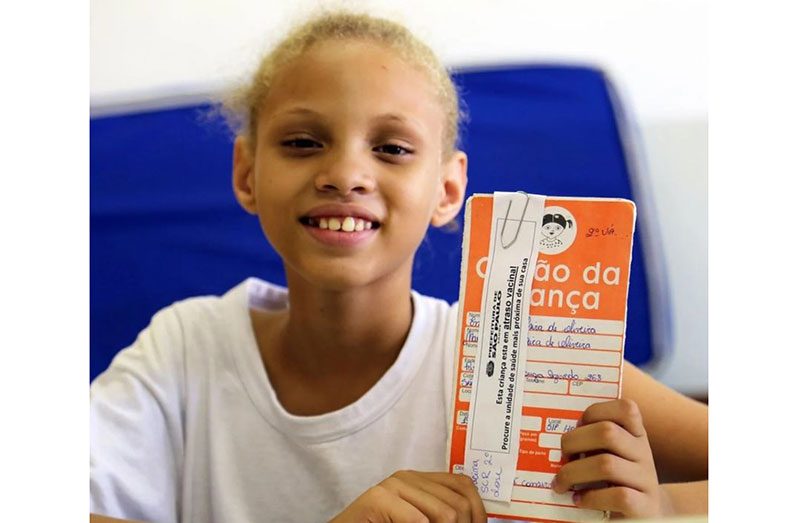THE 4-7 April convening of the World Health Organisation (WHO) Strategic Advisory Group of Experts on Immunisation (SAGE) evaluated the evidence that has been emerging over past years that single-dose schedules provide comparable efficacy to the two or three-dose regimens.
SAGE’s review concluded that a single-dose Human Papillomavirus (HPV) vaccine delivers solid protection against HPV, the virus that causes cervical cancer that is comparable to two-dose schedules. This could be a game-changer for prevention of the disease, seeing more doses of the life-saving ‘jab’ reach more girls.
Often referred to as the ‘silent killer’ and almost entirely preventable, cervical cancer is a disease of inequity of access; the new SAGE recommendation is underpinned by concerns over the slow introduction of the HPV vaccine into immunisation programmes and overall low population coverage, especially in poorer countries.
More than 95 per cent of cervical cancer is caused by sexually transmitted HPV, which is the fourth most common type of cancer in women globally, with 90 per cent of these women living in low- and middle-income countries.
“The HPV vaccine is highly effective for the prevention of HPV serotypes 16 & 18, which cause 70 per cent of cervical cancer,” said Dr Alejandro Cravioto, SAGE Chair.
“SAGE urges all countries to introduce HPV vaccines and prioritise multi-age cohort catch up of missed and older cohorts of girls. These recommendations will enable more girls and women to be vaccinated and thus preventing [sic] them from having cervical cancer and all its consequences over the course of their lifetimes.”
Immunocompromised individuals, including those with HIV, should receive three doses if feasible, and if not, at least two doses. There is limited evidence regarding the efficacy of a single dose in this group.
WHO’s recommendations will be updated following further consultation across stakeholders.
WHO Assistant Director-General, Dr Princess Nothemba (Nono) Simelela commented: “I firmly believe the elimination of cervical cancer is possible. In 2020 the Cervical Cancer Elimination Initiative was launched to address several challenges including the inequity in vaccine access. This single-dose recommendation has the potential to take us faster to our goal of having 90 per cent of girls vaccinated by the age of 15 by 2030.”
Globally, the uptake of the life-saving vaccine has been slow, and coverage in countries much lower than the 90 per cent target. Consequently, in 2020, global coverage with two doses was only 13 per cent. Several factors have influenced the slow uptake and low coverage of HPV vaccines, including supply challenges, as well as the programmatic challenges and costs related to delivering a two-regimen to older girls who are not typically part of childhood vaccination programmes. Added to this has been the relatively high cost of HPV vaccines, particularly for middle-income countries.
Dr Simelela continued: “We need political commitment complemented with equitable pathways for the accessibility of the HPV vaccine. Failure to do so is an injustice to the generation of girls and young women who may be at risk of cervical cancer.
“The option for a single dose of the vaccine is less costly, less resource intensive and easier to administer. It facilitates implementing catch-up campaigns for multiple age groups, reduces the challenges linked to tracing girls for their second dose, and allows for financial and human resources to be redirected to other health priorities.” (PAHO)
* one or two-dose schedules for the primary target of girls aged 9-14
* one or two-dose schedules for young women aged 15-20
* Two doses with a six-month interval for women older than 21.



.jpg)











